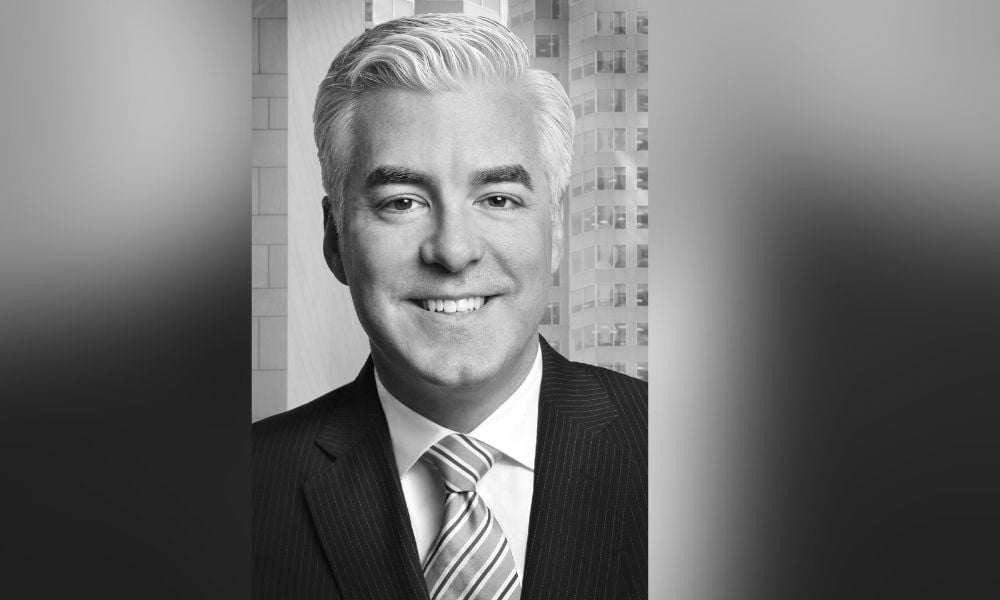Standing on the other side of the valley, now is not the time to rely upon the habit-formed portfolio, writes Michael White

With the worst of the global COVID-19 pandemic behind us, investors who stayed the course might feel vindicated by their discipline. By now, most portfolios seem to have made up lost ground – and then some. Yet the market meltdown offers a rare glimpse into the risks, intended or otherwise, in portfolio construction.
The pace and vigour of the drawdowns in March 2020 made the global financial crisis of 2007–2008 look like a hayride in many ways. The white-knuckle experience of 2020 offered little opportunity to tack. For this reason, it is imperative to examine how portfolios behaved and what can be done to better equip them for risk in the future.
For the balanced investor, fixed income is held, in theory, as a ballast to the volatility inherent in equities. However, interest rates remain at very low levels, and the margin of safety in fixed income is very thin. That’s not to suggest that bonds don’t have a place in investor portfolios, but for much of the past generation, the returns offered by fixed income might have misled investors as to what their role should be. They have become a total return vehicle whose future returns simply cannot replicate those enjoyed by a generation to date.
But this is probably too short-sighted. Rather than thinking about replacing fore-gone returns, investors would do well to consider the contribution to risk from all parts of a portfolio. In an era where trad-itional fixed income may not provide as great a diversification benefit to stocks, new port-folio building blocks must be considered.
Investors have sought to diversify equity risk with assets such as real estate, infrastructure or private debt/private equity, but their diversification benefit warrants further inspection. Many of these asset classes exhibit a high sensitivity to interest rates, compounding the risk balanced investors felt as interest rates rose through 2020 into 2021. Many dividend stocks fell short of investor expectations due to the same sensitivity.
For its part, the 60/40 portfolio is hanging in there. Equity markets have already benefited from the ‘reopening trade’ as the global economic recovery progresses. Interest rates have even checked back some, paring losses in fixed income when rates rose fairly sharply this year. But this recovery has exposed the 60/40 model as being highly sensitive to the direction of interest rates, effectively damaging its underlying principle. More pressure is placed on the volatile equity sleeve to do the heavy lifting with little ballast when the weight is too much to bear.
While the traditional 60/40 portfolio has served investors well for decades, it’s time to consider alternatives. To their credit, Canadian regulators have recently democratized access to investments previously employed by pensions and ultra-high-net-worth investors – an important step toward solving portfolio construction dilemmas.
Alternatives must offer a measurable diversification benefit; otherwise, they are alternatives in name only. Painting with two colours (stocks and bonds) has been effective, but investors can benefit from a broader palette that looks beyond the quantity of returns (i.e. replacing lost returns from fixed income) toward the quality of returns. This requires taking a holistic view of the portfolio – employing more rigour in understanding how each moving part contributes to an effective machine that generates returns in today’s environment.
Diversification is the watchword. Many investors believe they are diversified until a risk event demonstrates that the building blocks of their portfolio are, at times, highly correlated with each other. One must think beyond the mere assets working in a port-folio, and advisors should understand how different strategies can enhance portfolio diversification, especially if those strategies offer low or no correlation to traditional asset markets.
Due diligence must extend toward model-ling the portfolio pro forma the addition of alternatives. It’s not easy, and it’s not a quick fix. Those who take a truly objective approach and treat portfolio construction as a worthy consultative exercise will quickly see the benefits of focusing on the quality of returns, rather than plugging holes for disappointing returns in traditional portfolios.
Michael White is a portfolio manager responsible for Picton Mahoney Asset Management’s multi-asset strategies. He is a CFA charterholder with more than 20 years of experience in capital markets, active management and investment counselling.



